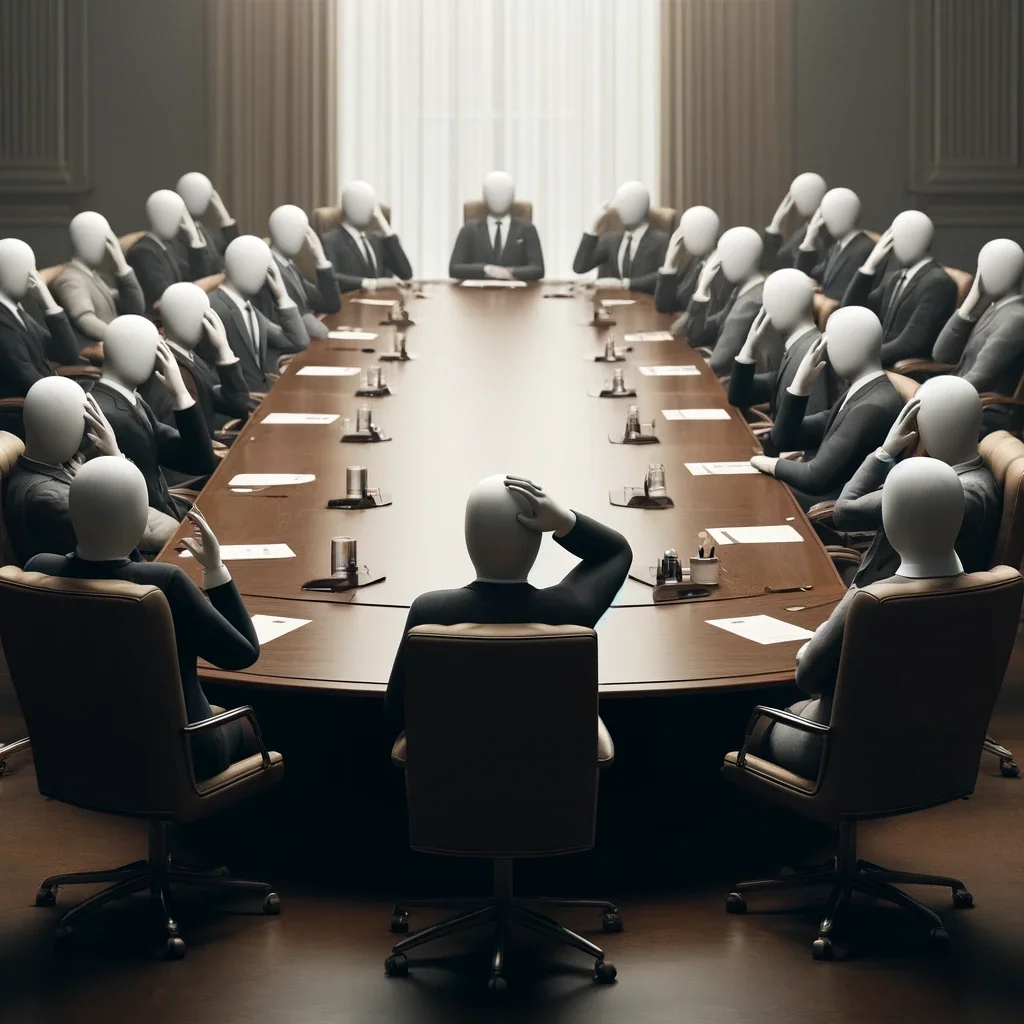The year 1348, in the words of historian A.L. Maycock, was the closest that humanity ever came to going extinct.
That was the year the Black Death descended on the European continent. And many historians today estimate that it killed as much as 60% of Europe’s population.
Italy was hit especially hard by the plague. Port cities like Venice were accustomed to receiving ships from all over the world, and many of them carried the Yersina pestis bacteria which caused the plague.
And it was out of this pandemic that the first modern public health measures emerged.
Venice created a special council to reduce the outbreak… and one of their first decrees was to ban infected (or suspected) ships from docking.
Plus, any traveler who arrived from a plague-infested area was required to isolate themselves for a period for 40 days, or quaranta journi in Italian. This is the origin of the word quarantine—it’s a reference to the 40-day isolation period during Bubonic Plague.
Even when the worst was over, though, the effects of the plague were disastrous.
In his book An Introduction to the History of Medicine, author FH Garrison described the social impact of the pandemic, writing that family members and lifelong friends abandoned one another in an effort to save themselves from infection.
And public gatherings, including church attendance, declined dramatically.
The Black Death also ravaged European economies. So many people died that there simply weren’t enough willing, healthy workers. Commerce ground to a halt. Trade was nonexistent.
And by many measures, Europe didn’t fully recover its population or economic activity for hundreds of years.
What we’re experiencing right now is not going to be anywhere near as bad as that. Not even close. I wrote about this on Monday—the world is not coming to an end despite what you might read on Twitter.
But Corona will certainly have a major impact.
Just look at Italy. The entire country is on lockdown, practically frozen in time like the ruins at Pompeii. We can’t even begin to grasp how much of an impact that will have on the economy.
China– the world’s second largest economy and biggest manufacturer—effectively shut down last month. That alone is enough to tip the world into recession.
Planes, trains, and ships are virtually empty. This is as bad as 9/11 was for the airline industry. Tourism—which comprises more than 10% of global GDP, has completely collapsed.
Sporting events and concerts are being cancelled; even the Olympics may be cancelled… all of which will clearly have a nasty economic impact.
And we’re barely scratching the surface.
You might remember back in late 2018 that the US stock market fell nearly 20%, mostly because the Federal Reserve in the United States had gradually raised interest rates to 2.25%.
I mean… 2.25% is so low. It’s a joke. And yet that was enough to cause investors to panic and the stock market to plummet. Apple shares fell 40%. Facebook shares fell 43%. All because people were afraid of a tiny interest rate.
Afterwards I wrote about this, saying:
“[T]he lesson is, these falls can happen faster and be more severe than anyone expects.
We saw some of the most popular and largest stocks in the world nearly get cut in half because the Federal Reserve raised interest rates by a few basis points.
What happens when we have a real reason to be worried?
That “real reason to be worried” is now upon us.
Stocks are down around 20% from the peak, just like in 2018. And it’s worth considering: if the market fell 20% back in 2018 because the Federal Reserve raised interest rates to a measly 2.25%, it seems like this crash might still have a ways to go.
There’s going to be real damage to the global economy. Corporate earnings will fall. Plenty of companies will fail (especially in oil and tourism). The unemployment rate will rise. Tax revenue will shrink and government deficits will skyrocket.
And central banks will be completely powerless.
Usually when there’s a big crisis, the Federal Reserve steps in and restores some calm.
But that’s not happening now.
The Fed only knows how to do basically one thing: cut interest rates. Whatever the crisis, that’s their solution.
Earlier this month they already held an emergency meeting to cut rates by 0.5% to boost the economy and calm markets.
But it had absolutely no effect. Markets continued to fall. People are still terrified.
And the Fed may finally realize that their ridiculous interest rate cuts don’t matter. No one cares anymore whether rates are 2% or 1.5%. Rate cuts no longer have a big impact.
Not to mention, no interest rate cut is going to make the Corona Virus go away. So there’s really nothing that any central bank can do about this.
Bottom line– this is going to be a wild ride, and we’ve barely started.
But as I’ve said before, we’re going to see some extraordinary opportunities come out of this. And anyone with courage and clear thinking will do extremely well.









